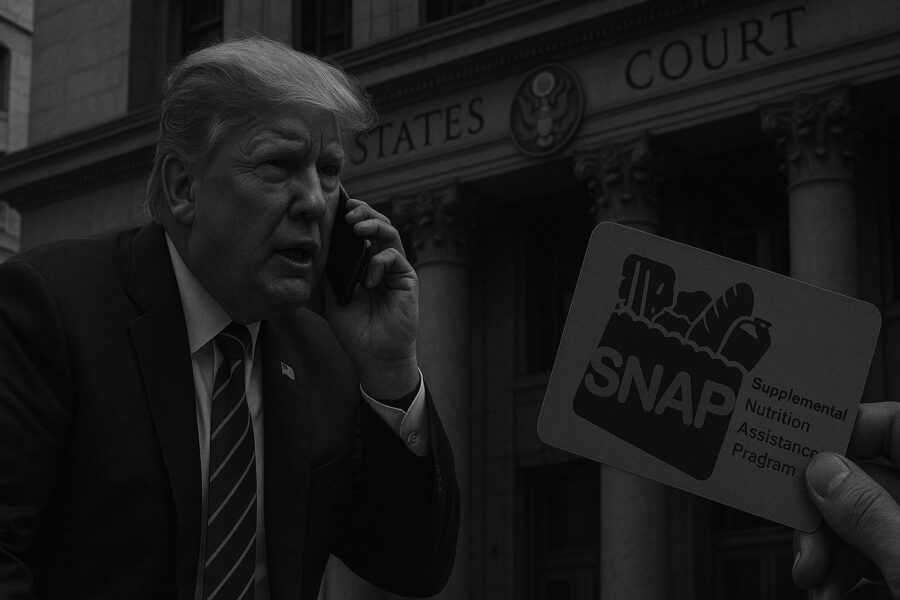Want Instant Updates? Follow us on Google News (here)
Want Instant Updates? Follow us on Google News (here)

Trump Administration to Use Emergency Funds for SNAP — Partial Food-Aid Payments Begin Today
What’s happening now
The Trump administration announced on November 3, 2025, that it will partially fund food-aid benefits for millions of Americans under SNAP this month, tapping emergency contingency funds after two federal judges ordered it to act. Reuters
In a court filing, the U.S. Department of Agriculture (USDA) confirmed it would draw on approximately $5.25 billion in contingency funds, allocating about $600 million for state administrative costs and the remaining roughly $4.65 billion to cover about 50 percent of eligible households’ November allocations. Reuters
This move follows rulings by judges in Rhode Island and Massachusetts that the administration must either fully or partially fund SNAP, despite the ongoing federal government shutdown that began October 1, 2025. Reuters
Why it matters
SNAP serves tens of millions of Americans (approximately 42 million according to reporting) who rely on monthly benefits to purchase groceries. AP News+1 Because Congress has not passed a full appropriations bill due to the ongoing shutdown, traditional funding lines for SNAP were uncertain, placing the program at risk. Reuters
By using emergency contingency funds, the administration is taking an unprecedented step: paying partial benefits rather than full monthly amounts. Because of system and administrative constraints, states may need weeks or months to adjust and distribute the reduced benefits. Reuters
Key numbers at a glance
- Roughly $4.65 billion committed to benefit payments (about half a month’s worth for eligible households). Reuters
- About $600 million allocated to states for administrative operations related to SNAP this month. Reuters
- Program cost in normal months: about $8-9 billion for all households. Reuters
- Shutdown began October 1, 2025: government agencies including USDA face funding gaps for programs requiring appropriations. Wikipedia
What to expect and watch
Implementation timeline & hiccups:
- Even though the funds have been committed, states must calculate pro-rated benefits, update their systems, and load benefit cards—processes that could stretch into weeks or months. Officials warned that some state systems are ill-prepared for reduced-benefit disbursement. Reuters
- Households will receive less than usual; many households may face acute hardship unless the shutdown ends or additional funds are appropriated.
- No funds from this round will remain for new SNAP applicants in November, disaster assistance, or expansion beyond existing enrollments. The Washington Post
Political and legal risks:
- If the shutdown continues, SNAP may face similar partial-payment or funding-gap risks in December unless Congress acts.
- Recruiting new applicants, processing changes, and state-level burdens mean local food banks and community services may see increased demand—and enduring strain.
- The administration’s choice not to tap other reserve funds (estimated at about $23 billion) has been noted by courts as discretionary, raising questions of legal authority and precedent. Reuters
Bottom line
The Trump administration, under court pressure, is beginning to partially fund SNAP benefits for November using emergency funds—about half of the typical monthly allotment. Millions of Americans will receive reduced assistance, and many states may face delays in distribution. Unless Congress acts to end the shutdown and appropriate full funding, similar disruptions are likely to recur.
Leave a reply




